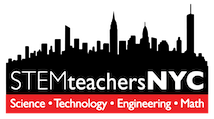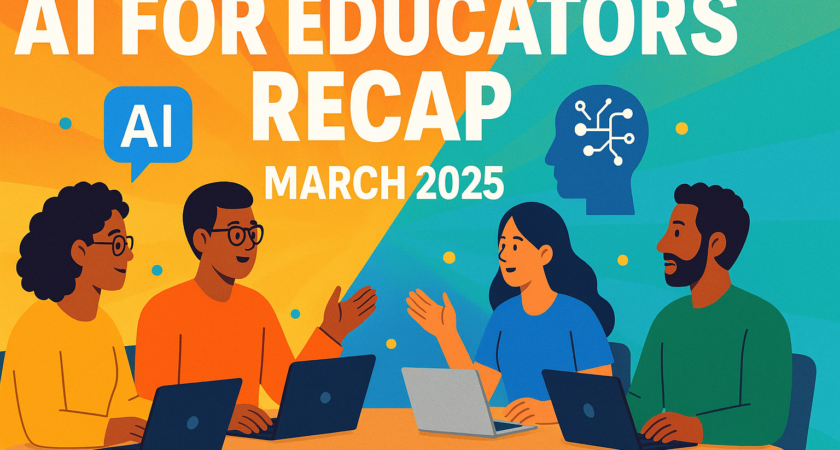The March 2025 meeting of the Harnessing AI for Educators Working Group featured an engaging member presentation on the capabilities and limitations of AI tools in the classroom. Drawing from their recent presentation at the AAPT conference, the member highlighted how large language models (LLMs) like Gemini can be used not just to solve physics problems, but as platforms for developing students’ critical thinking. They shared examples of student interactions with AI-generated solutions to questions about relative and circular motion, where learners identified conceptual errors and misconceptions—such as mislabeling centripetal force—thereby deepening their own understanding of the content.
The group also explored the quirks of AI-generated imagery through a hands-on demo of Adobe Firefly. They discussed the concept of “laws of AI physics,” a humorous yet insightful term for the consistent misrepresentations produced by AI image generators—like incorrectly oriented objects on ramps or difficulties capturing motion and progression. Participants experimented with different prompts and discovered common limitations such as anatomical inconsistencies in generated characters and Firefly’s challenges with representing scientific scenarios accurately. Members offered helpful tips, including using composition references to guide generation and being mindful of character limits in prompts. A member showcased a custom chemistry tool built with Claude’s Artifacts feature, which, despite its intuitive interface, sometimes produced scientifically inaccurate responses—reinforcing the need to teach students to critically assess AI output.
Ethical and environmental considerations also came into play. The group briefly discussed the energy demands of AI tools and their potential environmental impact. One member noted her students were largely more concerned with grades than carbon footprints, and another member offered a contrasting perspective, suggesting that the long-term benefits of AI innovations may eventually outweigh their energy costs.
Throughout the session, a central theme emerged: AI should not be viewed as a replacement for student learning but rather as a tool to support deeper inquiry and reflection. Whether evaluating chatbot responses for conceptual accuracy or identifying visual misconceptions in generated images, the group emphasized the importance of using AI to strengthen student reasoning skills. The meeting concluded with a resource share, including links to Gemini, Adobe Firefly, and a member’s interactive atomic bonding simulation—offering a toolkit of ideas for educators eager to thoughtfully incorporate AI into their classrooms.
Note: summaries are written with aid of AI text software

